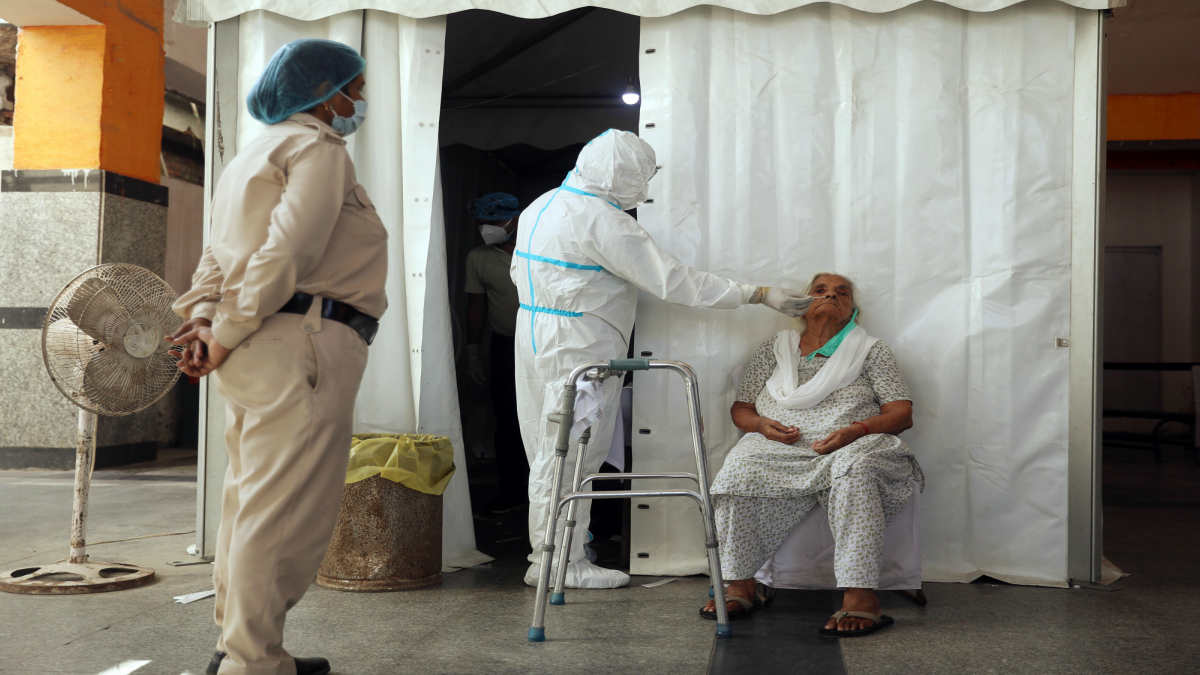


When a patient is tested for the Covid-19 virus immediately after being exposed to the threat is when the false negative is likely to occur; that is before the onset of known symptoms. Essentially, the false negative is similar to a wrong test result. This is because it indicates the person is not infected when they are, or that they don’t have antibodies when they do. Similarly, a false positive is an incorrect test result, as it indicates the person is infected when they are not or that they have antibodies when they don’t.
Typically, for patients who are at a high-risk to virus exposure should be treated as if they have been infected, especially if the symptoms are consistent with Covid-19; this means communicating with patients about the tests’ shortcomings. If a swab misses collecting cells infected with the virus, or if virus levels are very low earlier on during the infection, some RT-PCR tests may produce negative results. Since the Antigen tests return relatively rapid results, they have been widely used among high-risk populations such as nursing home residents, hospitalised patients, and healthcare workers. Previous studies have shown or suggested false negatives in these populations.
Researchers projected that those patients tested with SARS-CoV-2 within four days after infection were 67% more likely to test negative, even if they did have the virus! When the average patient began displaying symptoms of the virus, the test performed best eight days after infection (on average, three days after symptom onset), but even then had a false negative rate.
The sooner people are accurately tested and isolated from others, the better we can control the spread of the virus, researchers say. While both false negatives and false positives are undesirable, false negatives run the risk of increasing community transmission should individuals erroneously believe they’re not infectious and fail to take necessary precautions. This can occur whether people have no symptoms, or have symptoms but assume they’re due to something other than Covid-19.
A patient with symptoms in a hot spot who tests negative may be reasonably assumed to have the virus, while an asymptomatic patient in an area of low transmission who tests negative probably can take comfort in that negative result. Several recent studies have highlighted a significant rate of false negatives, particularly if the test is administered soon after exposure to the virus. In these cases, viral material may not be captured through testing as the virus content in the person is not enough to be picked up. It’s also possible that poor testing technique can miss any virus that is there; poor testing technique contributes too.
The PCR test for Covid-19 works by detecting genetic material from SARS-CoV-2, the virus that causes Covid-19. Genetic material from SARS-CoV-2 should not be confused with the genetic material of other viruses, hence the diagnostic test for Covid-19 should be specific.
If a person is tested positive for Covid-19, one can be sure that he/she has been infected. The antigen test for Covid-19 is also accurate which seldom gives a false positive.
To summarise, the time of collection of the sample, viral load of the patient, method of collection, transportation of the sample, and the reagent used while testing, can all alter the results of the reports and cause false negative or false positive reports. It is, however, important to connect with your doctor as soon as you come in contact, visit a hotspot, or start showing symptoms, they will guide you in terms of testing and treatment.
The writer is director-Internal Medicine at Hiranandani Hospital Vashi, a Fortis network hospital.